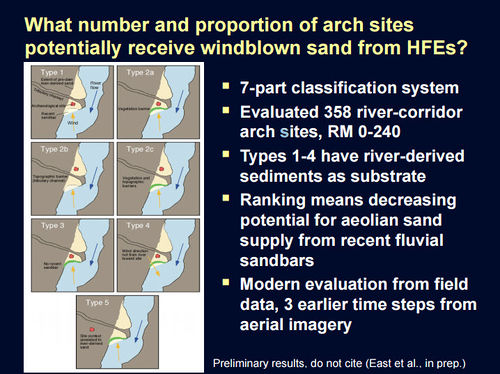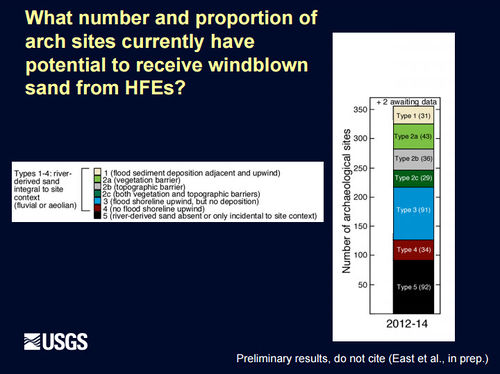Difference between revisions of "Aeolian Sand Transport"
From Glen Canyon Dam AMP
Cellsworth (Talk | contribs) |
Cellsworth (Talk | contribs) |
||
| Line 63: | Line 63: | ||
*Does Aeolian sand transport research support the use of anthropogenic sand bar building as a means to provide a source of aeolian sands to preserve and protect archaeological sites? | *Does Aeolian sand transport research support the use of anthropogenic sand bar building as a means to provide a source of aeolian sands to preserve and protect archaeological sites? | ||
| − | |||
|- | |- | ||
Revision as of 14:44, 23 March 2017
|
|
|
| --- |
--- |
--- |
|---|
|
|

